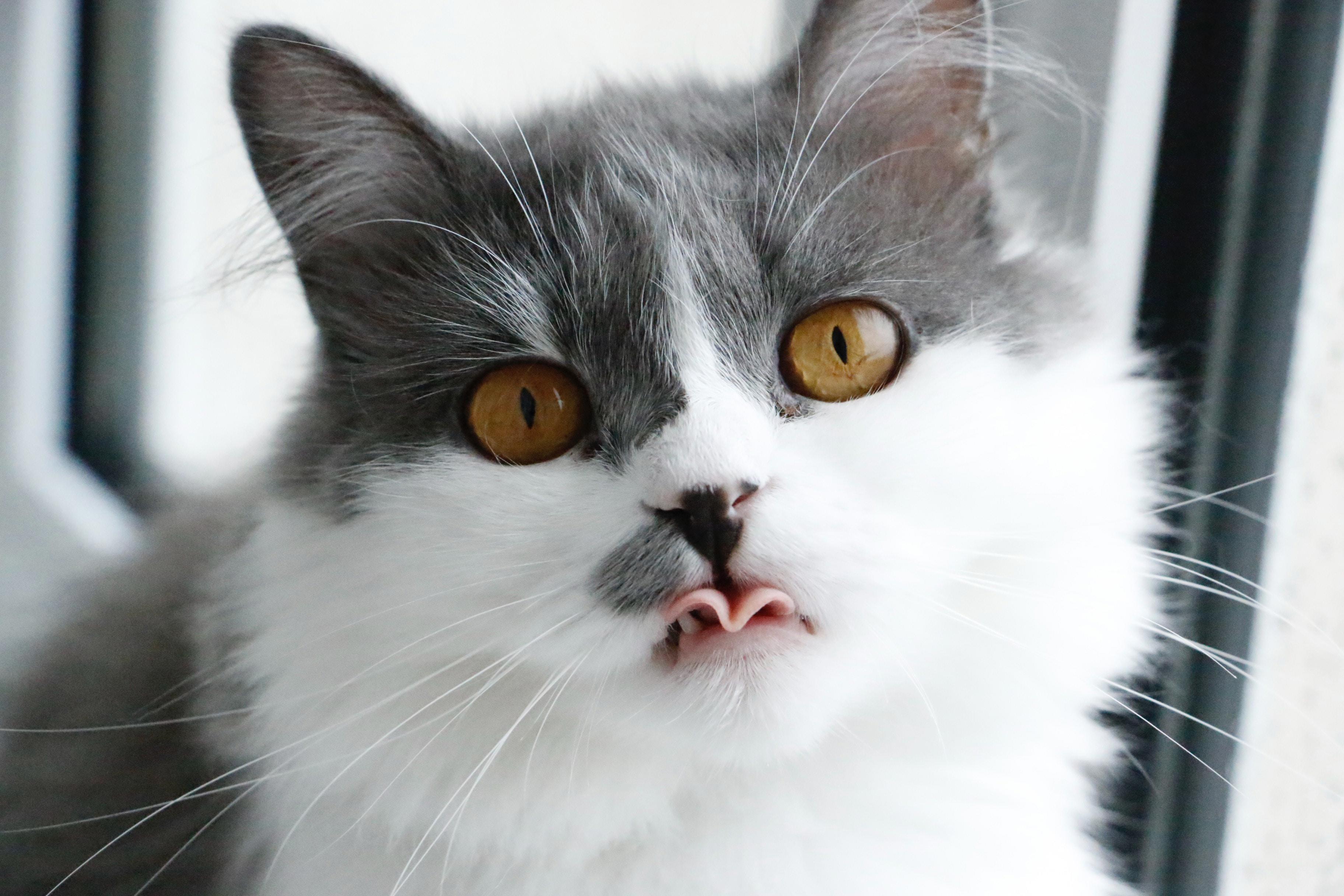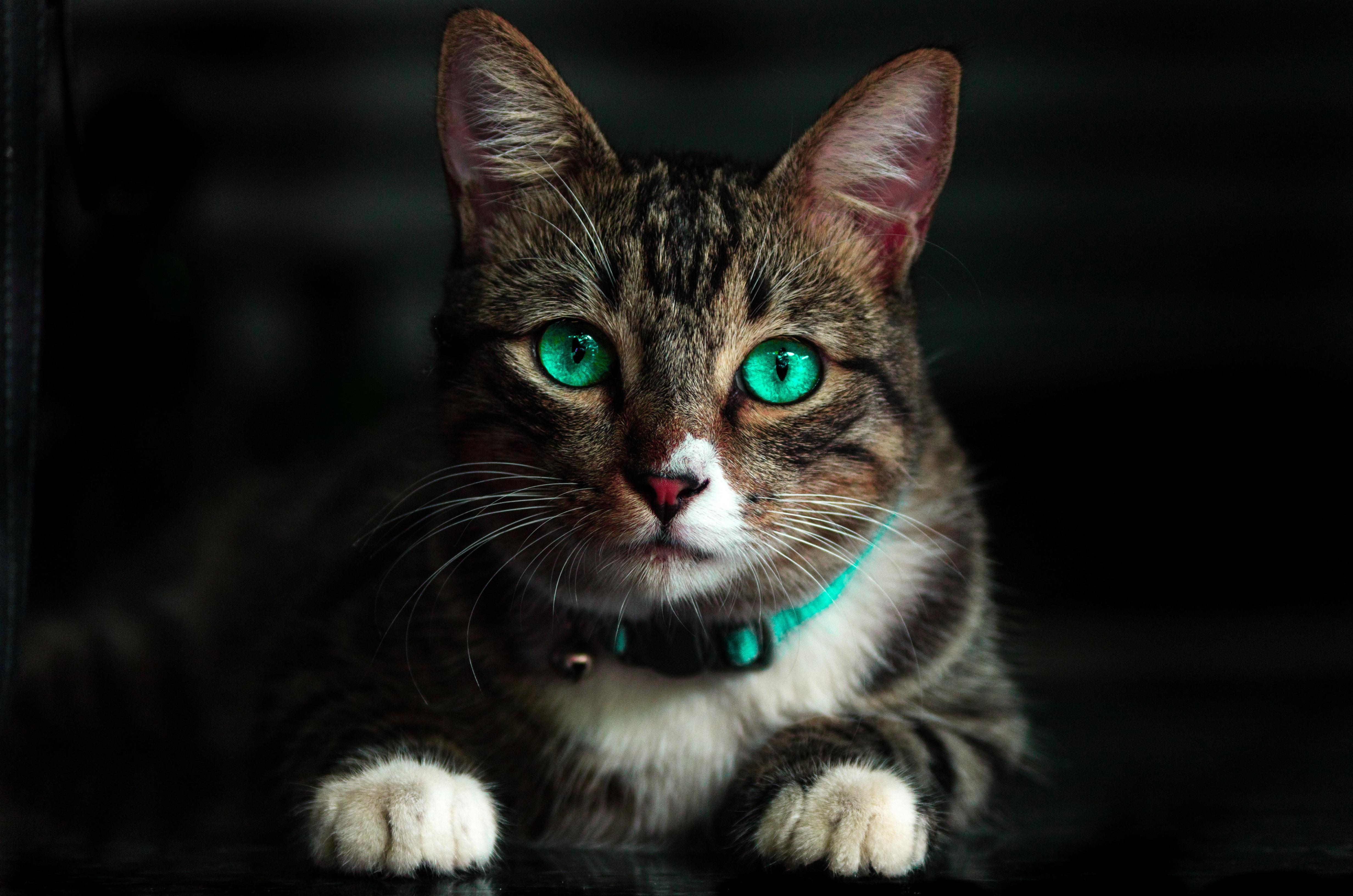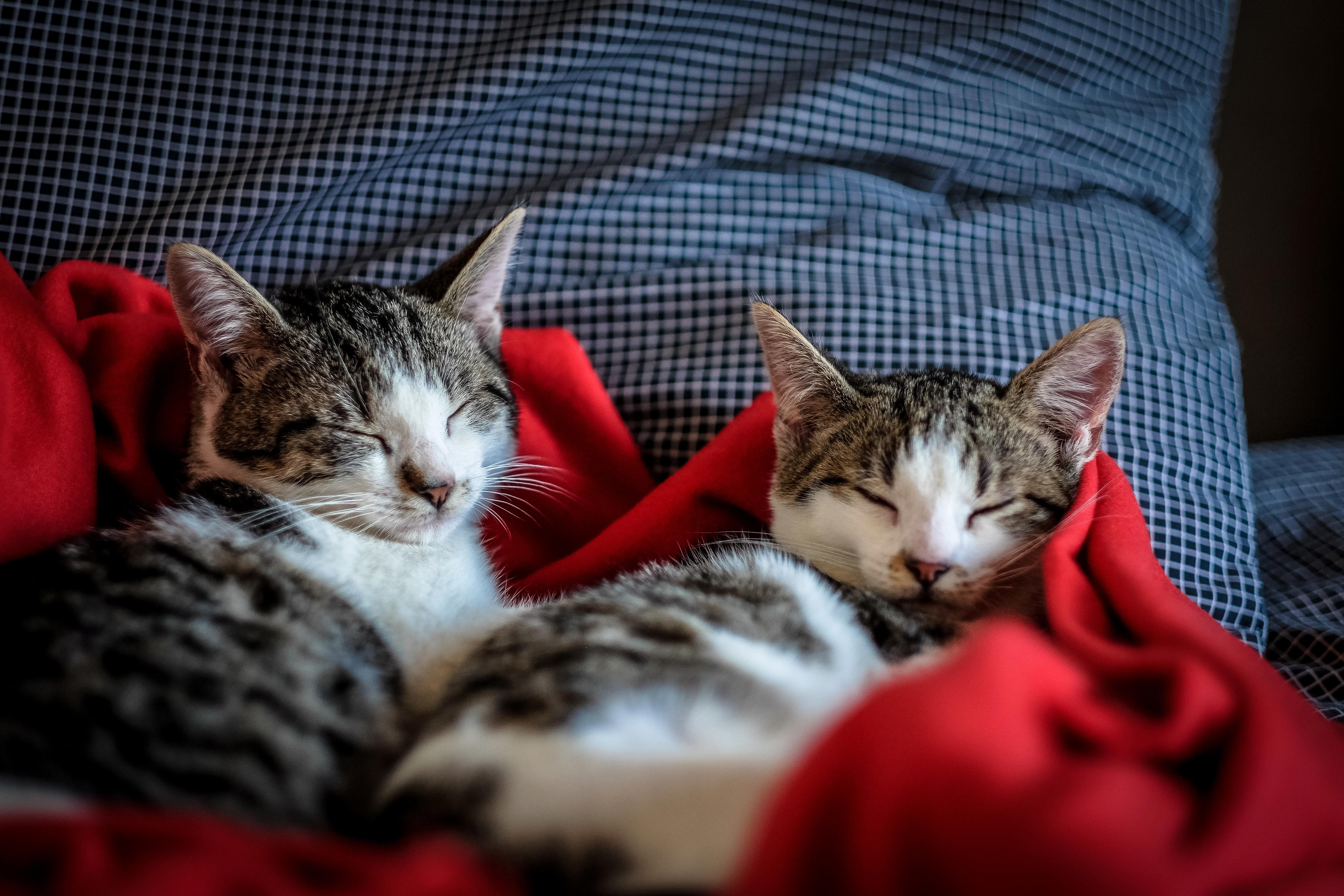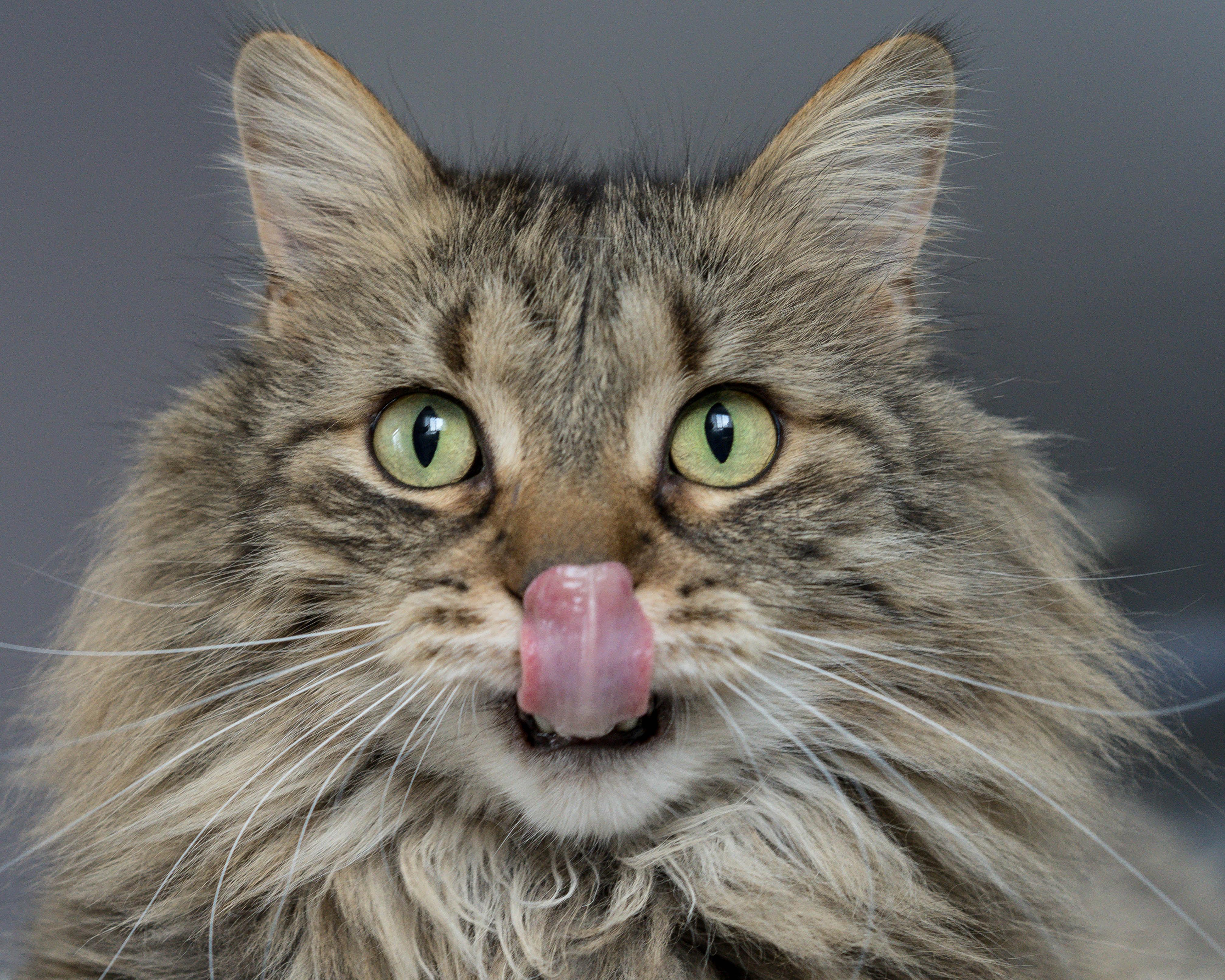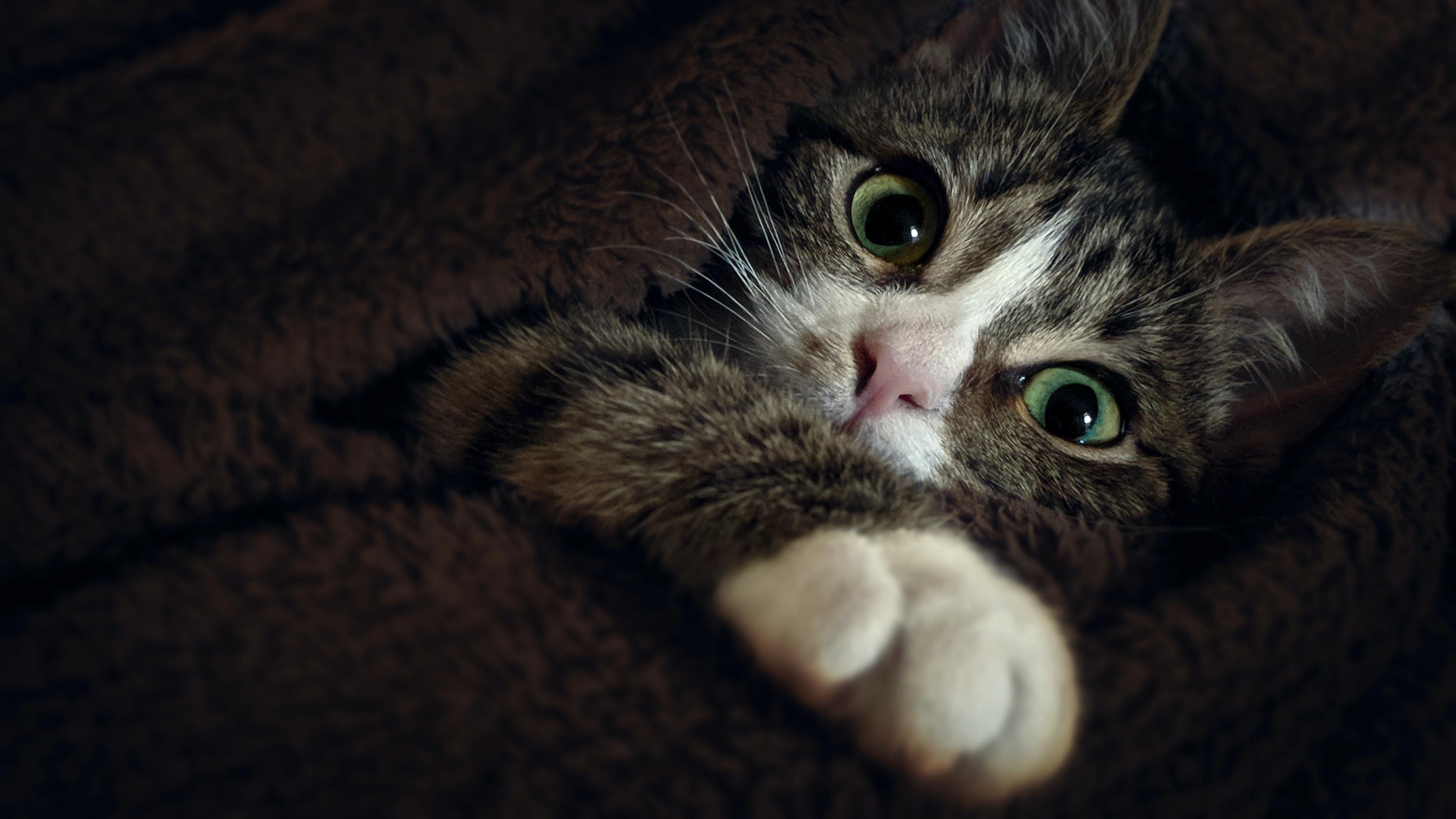Cats are mysterious creatures, and both their behavior and their anatomy are often puzzling. One such puzzling behavior is kneading, which involves pushing and stretching their paws. This behavior is often seen when cats are relaxed and content, but why do cats knead? In this blog post, we’ll explore the mystery of cat kneading and unravel the reasons behind why cats push their paws.
Cat kneading is an intriguing behavior that has puzzled cat owners for years. You’ve probably seen your cat pressing and pushing its paws against a blanket or your lap while purring and drooling in contentment. But why do cats do this?
In this blog post, we’ll explore the mystery of cat kneading and uncover the reasons behind this seemingly odd behavior. We’ll start by looking at the origins of this behavior and then move on to the possible explanations for why cats knead. By the end of the post, you should have a better understanding of your cat’s kneading behavior and be able to appreciate it more.
The Origins of Cat Kneading
Cat kneading is believed to have its roots in kittenhood. When cats are born, they’re blind and helpless and rely on their mother’s milk for sustenance. Kittens instinctively knead their mother’s stomach to stimulate the flow of milk. This behavior is believed to be the precursor of the cat kneading behavior seen in adult cats.
Why Do Cats Knead?
So if kneading is a behavior that cats learn as kittens, why do they continue to do it as adults? There are a few possible explanations for this behavior.
Marking Territory
One theory is that cats knead to mark their territory. Cats have scent glands in their paws, and when they knead, they are depositing their scent onto whatever surface they’re kneading. This could be a way for cats to “claim” their territory.
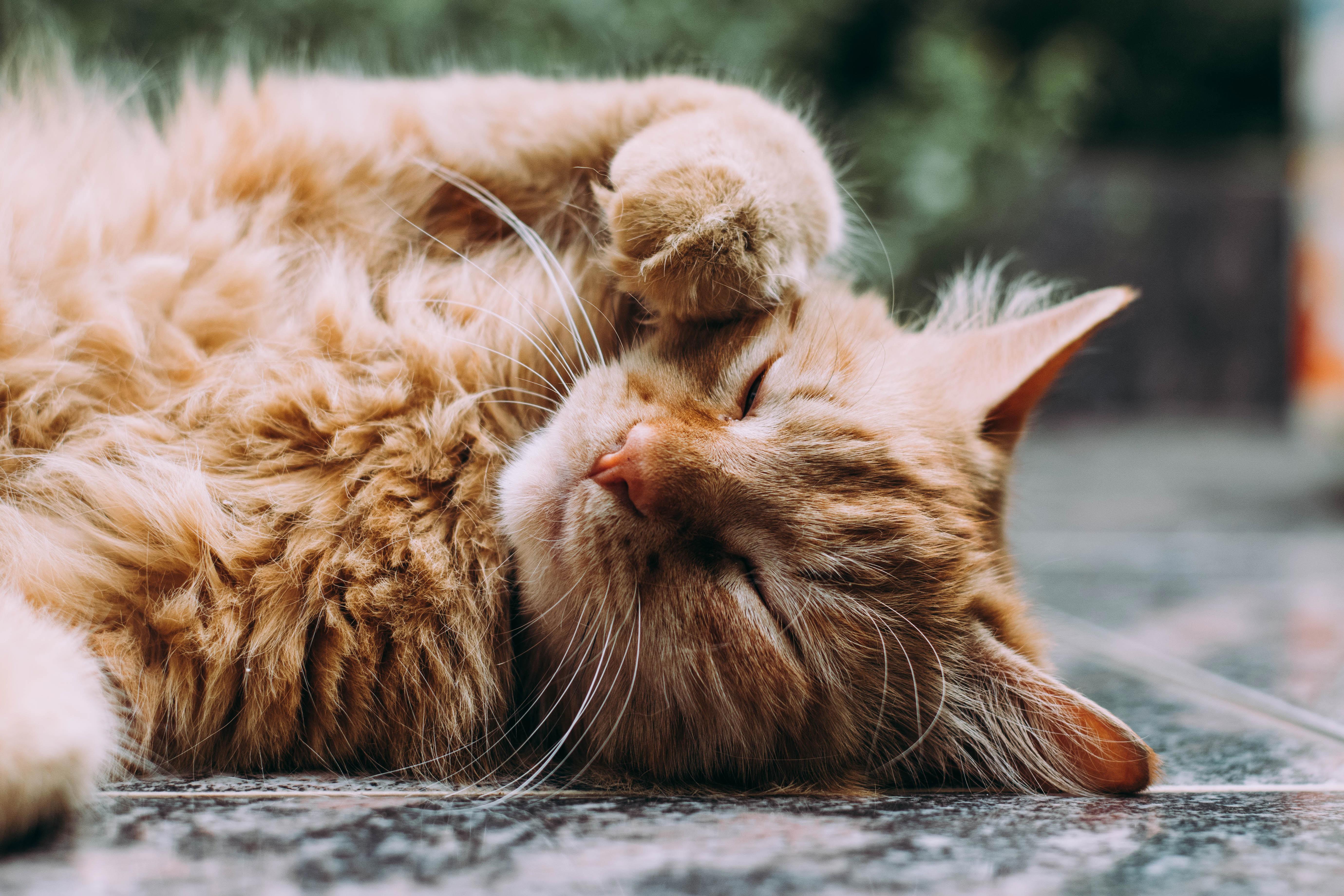
Showing Affection
Another possible explanation is that cats knead to show affection. Cats are known to give their owners “love bites” when they’re feeling affectionate, and kneading could be another physical way for cats to express their love and contentment.
Relaxation
Cats may also knead as a way to relax. Kneading is an instinctive behavior that cats associate with comfort and safety, so it’s possible that cats knead to help them relax and feel secure.
Making Scent
Finally, cats may knead to make their scent more noticeable. Cats have scent glands in their paws, and when they knead they’re pushing their scent onto whatever surface they’re kneading. This could be a way for cats to make their presence known to other cats.
Conclusion
As you can see, there are a few possible explanations for why cats knead. It’s likely that cats knead for a combination of reasons, including marking their territory, showing affection, relaxing, and making their scent more noticeable. No matter the reason, it’s clear that kneading is an instinctive behavior that plays an important role in feline communication.
So next time you see your cat kneading, don’t be alarmed. Instead, take a moment to appreciate this fascinating behavior and marvel at the mysterious ways of cats.
The mystery of cat kneading has been explored for centuries, yet the reasons behind feline paws pushing are still largely unknown. It seems that cats knead for a variety of reasons, from being content to marking their territory. Some cats may knead out of instinct, while others may knead to show their owners a sign of affection. No matter the reason, cats have been kneading since the dawn of time, and it’s likely that they will continue to do so for centuries to come. So the next time your cat is kneading, sit back and enjoy the comforting purr as your beloved feline shows you how much they love you.



